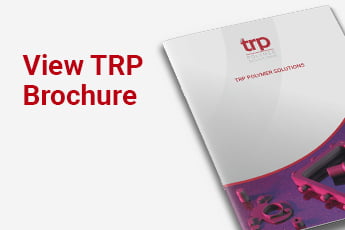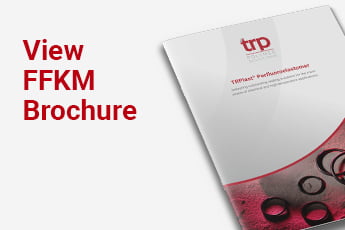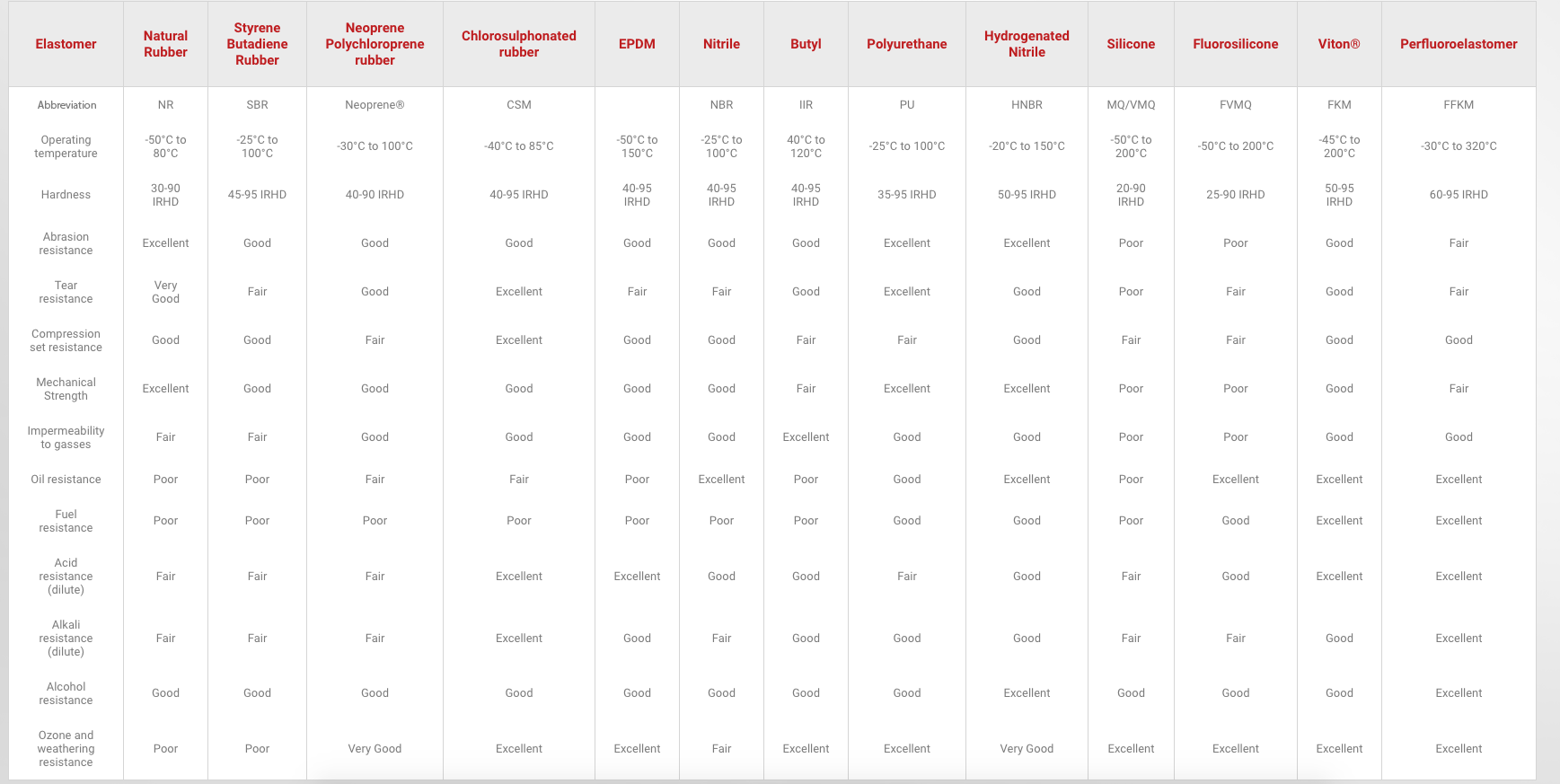TRP Polymer Solutions’ guide to styrene-butadiene rubber
Styrene-butadiene rubber, or SBR, is perhaps the most widely used rubber you’ve never heard of. This synthetic rubber, which is predominantly used in tyre manufacturing, offers a raft of benefits, including excellent abrasion resistance and good bonding properties. Find out more about the advantages, disadvantages and applications for SBR rubber in TRP Polymer Solutions’ guide to styrene-butadiene rubber.
What is SBR rubber?
Styrene-butadiene rubber (SBR) is the highest volume general-purpose synthetic rubber in production today. This general-purpose synthetic rubber is manufactured from a copolymer of styrene and butadiene, and in many cases is used as a cost-efficient alternative to natural rubber.
How is SBR rubber made?
SBR rubber is made up of 75% butadiene and 25% styrene. The molecules of these monomers are linked to form long, multiple-unit molecules through a process called copolymerisation. The randomly repeating styrene and butadiene units are then cross-linked during the vulcanisation process. SBR copolymers are produced by solution when monomers are dissolved in solvent or emulsion when they are dispersed in water to form latex.
What are SBR rubber’s advantages and disadvantages?
SBR rubber is highly regarded for its excellent abrasion resistance, crack endurance and positive ageing characteristics. It also delivers good compression set and water resistance, as well as favourable bonding and heat-ageing properties. SBR rubber is not suitable for applications involving chemicals, ozone, strong acids, oils, greases, fats and most hydrocarbons. Its solvent resistance and weathering properties are inferior to most other elastomers.
What are typical styrene-butadiene rubber uses?
Styrene-butadiene rubber is the most widely used synthetic rubber. It is mainly used to make car tyres and as a more economical alternative to natural rubber. It is in everything from the soles and heels of our shoes to drive couplings, gaskets, hoses, cable insulation, conveyor belts and even chewing gum. SBR is also used in latex form as an adhesive
Is SBR rubber UV resistant?
SBR rubber demonstrates poor resistance to UV. Other rubber compounds are preferable for applications likely to encounter exposure to ultraviolet radiation.
How much does SBR rubber cost?
SBR rubber is one of the least expensive synthetic rubbers to produce and provides a cost-effective alternative to natural rubber. The variable cost of raw materials used in the production of SBR rubber pose a challenge to manufacturers. Monomers, such as ethylene and propylene, are manufactured from ethane and propane, while styrene and butadiene are produced from crude oil – the latter of which is subject to regular market fluctuations.
Where can I buy SBR rubber sealing products
TRP Polymer Solutions is an industry-leading manufacturer of SBR rubber sealing components. We develop a comprehensive selection of sealing products from every type of polymer material imaginable and can provide a functional sealing solution to suit your specific application requirements.
For advice and guidance about our various ‘O’ ring materials – including SBR rubber – or to discuss your application requirements in more detail, call TRP Polymer Solutions today on +44(0)1432 268899 or email sales@trp.co.uk.






